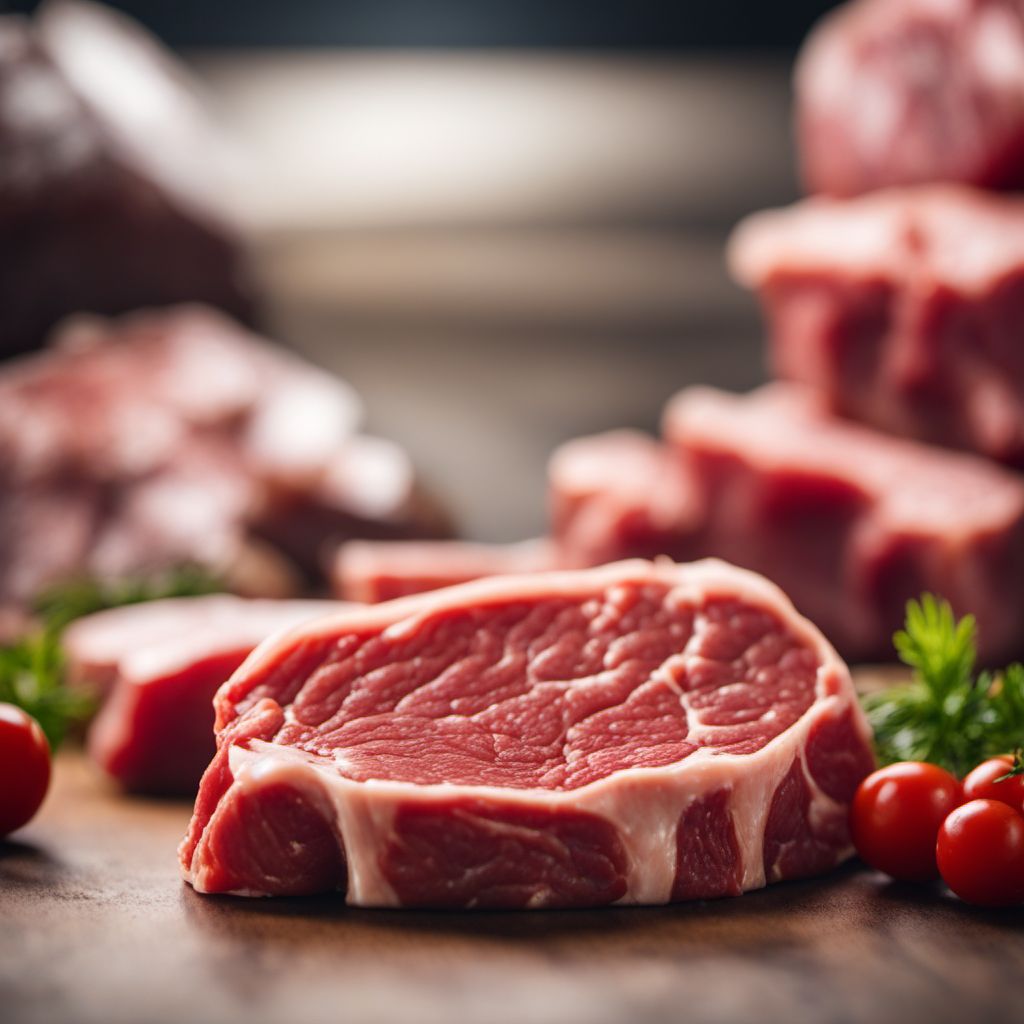
Ingredient
Cow, ox or bull fresh meat
The Prized Protein: Exploring Cow, Ox, or Bull Fresh Meat
Cow, ox, or bull fresh meat is known for its marbling, which contributes to its tenderness and juiciness. It has a distinct beefy flavor that intensifies with cooking, making it a favorite choice for steaks, roasts, and braised dishes. The meat can vary in color from deep red to pink, depending on the age of the animal.
Origins and history
The consumption of cow, ox, or bull meat dates back thousands of years and has played a significant role in various cultures and cuisines. Cattle domestication began around 10,000 years ago, and since then, beef has been a staple in many diets worldwide. From the succulent steaks of Argentina to the hearty stews of Ireland, cow, ox, or bull meat has become an integral part of global gastronomy.
Nutritional information
Cow, ox, or bull fresh meat is a great source of high-quality protein, essential amino acids, vitamins B12 and B6, iron, and zinc. However, it is also higher in saturated fat compared to leaner cuts of meat, so moderation is key when incorporating it into a balanced diet.
Allergens
There are no known allergens associated with cow, ox, or bull fresh meat.
How to select
When selecting cow, ox, or bull fresh meat, look for cuts that are bright red in color, with a fine texture and minimal visible fat. The meat should feel firm to the touch and have a fresh, clean smell. Avoid meat that appears discolored, has a strong odor, or has excessive fat marbling, as these may indicate poor quality or spoilage.
Storage recommendations
To maintain the freshness and quality of cow, ox, or bull fresh meat, it should be stored in the refrigerator at temperatures below 40°F (4°C). It is best to keep the meat in its original packaging or wrap it tightly in plastic wrap or aluminum foil to prevent exposure to air. Use the meat within a few days of purchase or freeze it for longer storage.
How to produce
Producing cow, ox, or bull fresh meat requires specialized knowledge and resources. It involves raising cattle in suitable environments, providing proper nutrition, and ensuring their well-being. This process is typically carried out by professional farmers and ranchers.
Preparation tips
When preparing cow, ox, or bull fresh meat, it is important to handle it with care and follow proper cooking techniques. Whether grilling a steak, braising a roast, or simmering a stew, ensure the meat reaches the appropriate internal temperature to ensure food safety. Resting the meat after cooking allows the juices to redistribute, resulting in a more tender and flavorful dish.
Substitutions
Lamb, pork, or chicken can be used as substitutes for cow, ox, or bull fresh meat, depending on the recipe and desired flavor. Each meat brings its own unique characteristics to the dish, so consider the overall flavor profile when making substitutions.
Culinary uses
Cow, ox, or bull fresh meat is incredibly versatile and can be used in a wide range of culinary applications. It is commonly grilled, roasted, braised, or stewed to bring out its rich flavor and tender texture. From classic dishes like beef bourguignon and steak fajitas to modern creations like beef carpaccio and Korean bulgogi, the possibilities are endless.
Availability
Cow, ox, or bull fresh meat is widely available in countries with a strong tradition of beef consumption, such as the United States, Argentina, Brazil, Australia, and Uruguay. It is also commonly found in many European and Asian countries.
More ingredients from this category

Buffalo fresh meat
The Lean and Flavorful Protein

Bovine, minced meat
Versatile Ground Beef

Yak fresh meat
The Exquisite Delicacy of Yak Meat

Buffalo, african fresh meat
The African Delicacy: Fresh Buffalo Meat
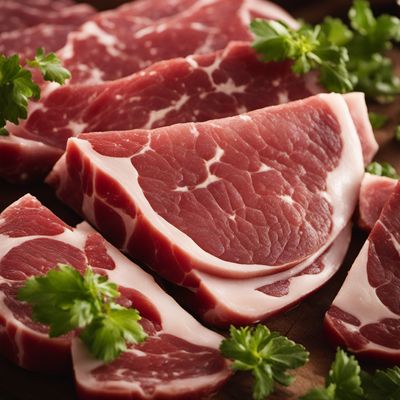
Zebu fresh meat
The Exotic Delicacy

Buffalo, american fresh meat
The Mighty Bison

Calf fresh meat
Tender Delight: Exploring the World of Calf Fresh Meat
Recipes using Cow, ox or bull fresh meat » Browse all
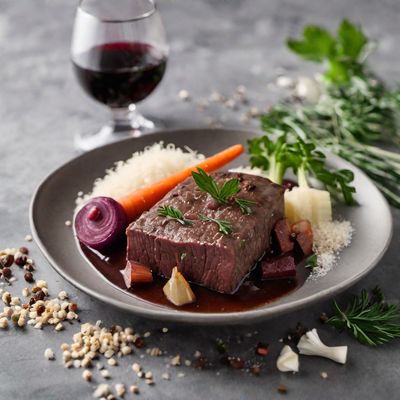
Molecular Beef Bourguignon
The Beef Bourguignon Reimagined

German-Style Slow-Cooked Pot Roast
Tender and Flavorful: German-Style Slow-Cooked Pot Roast

Ethiopian Spiced Beef Bites
Savory Ethiopian Beef Delight
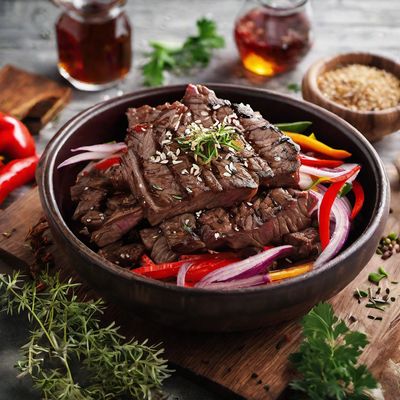
Bulgogi - Korean Grilled Beef
Sizzling Beef Delight: A Latvian Twist on Korean Bulgogi
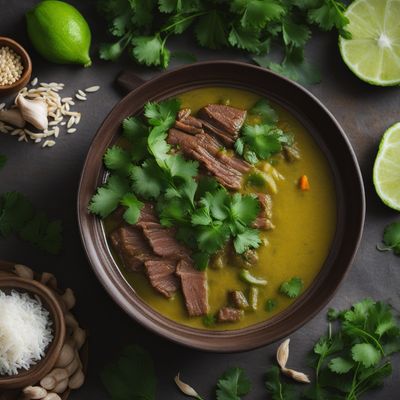
Ramanonaka with Coconut Milk and Lemongrass
Malagasy Delight: Creamy Ramanonaka Infused with Lemongrass
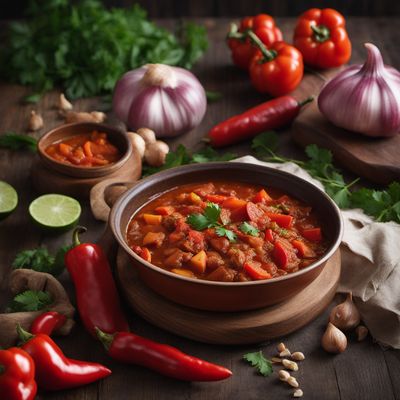
Belarusian-style Gypsy Stew
Savory Belarusian Gypsy Stew: A Hearty Delight from Eastern Europe

Balkan-style Grilled Skewers
Sizzling Balkan Delight: Grilled Skewers with a Twist

Grilled Beef Tagliata with Arugula Bed
Sizzling Croatian Beef Delight

Chechen-style Beef and Kidney Pie
Savory Chechen Delight: Beef and Kidney Pie with a Twist

Puerto Rican Husmannsgryte
Tropical Twist: Puerto Rican Husmannsgryte

Feijoada - Russian Style
Hearty Russian Feijoada: A Delicious Twist on a Brazilian Classic
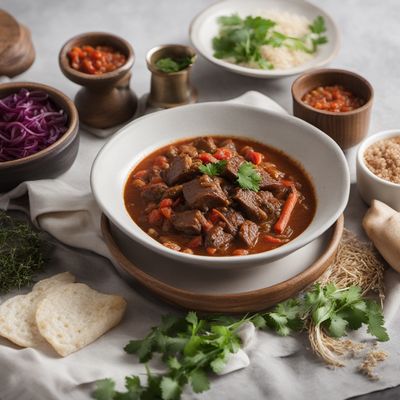
Botswana Serobe Stew
Savory Delight: Botswana Serobe Stew